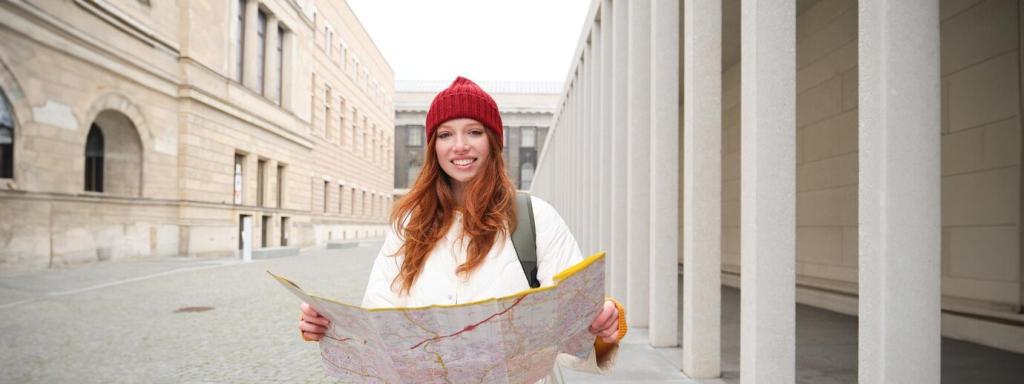Preservation, Adaptation, and Ethics
Warehouses can become libraries, factories can become studios, and train sheds can shelter markets. The best projects keep arches, trusses, and scars visible, turning authenticity into a design feature. Share an adaptive reuse you love, and note one detail that honored the original craft.
Preservation, Adaptation, and Ethics
Grassroots groups often know which places hold meaning beyond aesthetics—bathhouses, schoolyards, corner stores. Their oral histories anchor restoration priorities. If your neighborhood saved a modest landmark, tell us who organized, what arguments persuaded skeptics, and how the site thrives today.








